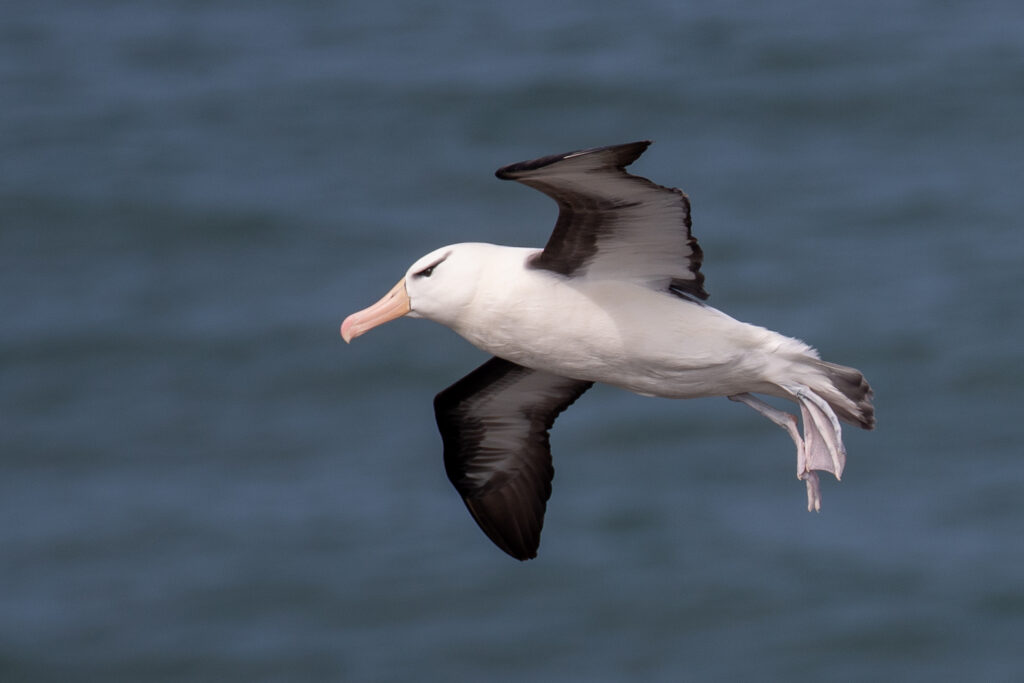Ka’ena Point on the Island of Oahu in Hawaii was once a fairly desolate place. The seabirds which once thronged there had abandoned it and vegetation was sparse. Off-road vehicles left destructive tracts because the space was treated as a free-for-all. That all changed in 1983. This was the year that Ka’ena Point’s importance as a former seabird habitat was recognized and the work of restoration began.
Related Article: Maryland Terns Kept Afloat By “Life Raft” Colony
Vehicles were blocked from entering the newly dedicated Natural Area Reserve, giving the land and the vegetation space to recover from the once-relentless tire tracks. It took time, but eventually Ka’ena Point began to look like its old self again. Anti-predator fencing was installed to exclude invasive mammalian predators like rodents, mustelids, and cats. Eventually, Ka’ena Point was ready to welcome home the seabirds which had been forced out so long ago. As the land became more and more hospitable, the miracle that conservationists had been hoping for came to pass. The birds came back.
Today, something like 30,000 seabirds nest in the Ka‘ena Point Natural Area Reserve every year. Among them are Ka’ena’s albatrosses. This breeding season, Ka’ena Point was home to 98 albatross nests. This is the second-highest number of albatross nests ever reported during a single breeding season at Ka’ena Point. It is evidence that the forty years of restoration and protection has amounted to something truly special.
And it isn’t just the albatrosses who benefit. Wedge-tailed Shearwaters in the Ka’ena Point Natural Area Reserve once eked by with a nesting success rate of just 28%. Since the initiation of the predator control strategies in place at Ka’ena point, this number has risen to 54%. What’s even more impressive is that 384% more Wedge-tailed Shearwater nestlings have managed to fledge each year since these strategies were put in place.
The Laysan Albatross, one of the species that has come to rely on Ka’ena Point since its restoration, is one of the longest-lived birds in the world. Laysan Albatrosses can take almost a decade to become sexually mature and begin breeding. Once mature, they lay just one egg per year with a monogamous life-long mate. The survival of this species is dependent on a stable habitat that allows this relatively slow breeding strategy the space and time it needs to succeed. Ka’ena Point is proof that protection and patience are the greatest gifts that we can give these breath-taking creatures.
Popular Article: Study Indicates Potential Culprit for Lost Birds

